This is also the policy of the Provincial Party Committee and the consistent task of the Dong Nai Provincial People's Committee over the past many years to achieve the goals of economic development, environmental protection and improving the quality of people's lives.
THE NECESSARY CHOICE
Green economy is a growth model based on reducing emissions, using renewable energy and improving resource efficiency. Circular economy focuses on recycling, reuse, and extending product life cycles instead of just producing, consuming and then disposing. Meanwhile, sustainable economy focuses on the balance between economic development, environmental protection and ensuring social equity. Although different in name and approach, all three models aim for long-term development, not trading the environment for short-term growth.
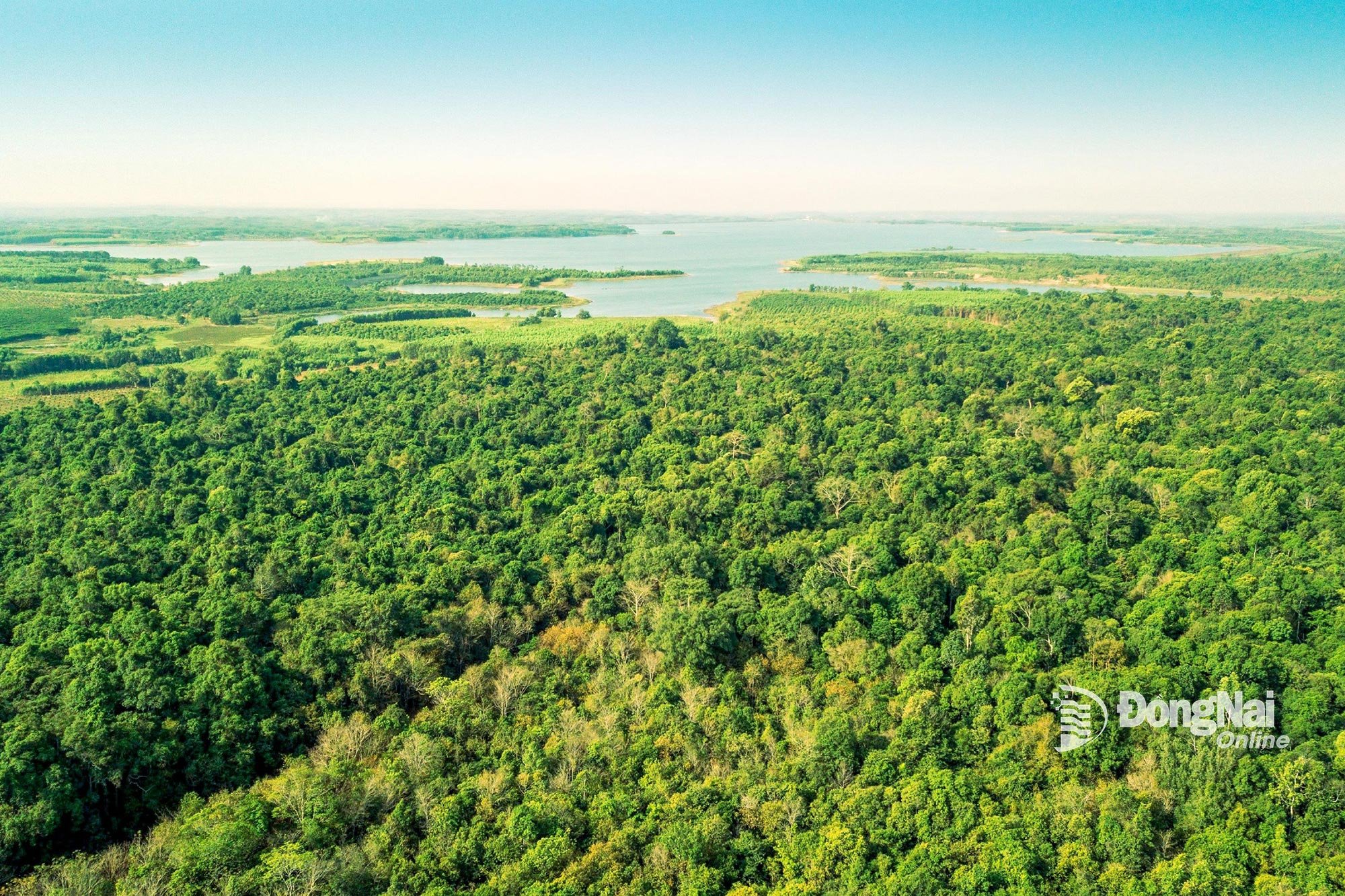 |
| Forest resources in Dong Nai province are an advantage for exploiting eco -tourism , carbon credits, and are the basis for balancing industrial and urban development with environmental protection. Illustrative photo |
Dong Nai is a major industrial center of the country, owning many key crops and livestock and having a population of nearly 4.5 million people, ranking 5th out of 34 provinces and cities nationwide. Therefore, developing a green, circular economy is an inevitable choice for the goal of sustainable development. Throughout the 10th Provincial Party Congress (term 2015-2020) to the 11th Provincial Party Congress (term 2020-2025) and the Dong Nai Provincial Planning for the period 2021-2030, with a vision to 2050, the province has determined to develop in a green, sustainable direction.
In fact, Dong Nai has many favorable conditions to transform to a green, circular, and sustainable development model. Geographically, the province is located at the gateway to the Southern key economic region, near the largest economic center of the country, Ho Chi Minh City; has a system of seaports, border gates, and Long Thanh International Airport, which is about to be put into operation; along with the increasingly complete transport and logistics infrastructure system, these are advantages for Dong Nai to become a center for the production and export of green products.
Thanks to the right policies, for many years, Dong Nai has always been in the leading group of the country in attracting foreign investment. Large corporations from Korea, Japan, Europe, etc. have focused on developing clean production, saving energy, applying international environmental standards in management, production and business. At the same time, Dong Nai is also a pioneering locality in shifting its investment attraction strategy from "brown" to "green", resolutely saying no to projects with high risk of environmental pollution, labor-intensive, and outdated technology. Instead, priority is given to projects with modern technology, high added value and environmental friendliness.
According to the Provincial Party Committee's policy, in early 2024, Dong Nai was the first locality in the country to issue a Project on Greenhouse Gas Emission Reduction for the 2021-2030 period, with a vision to 2050, with the goal of achieving net zero by 2050. This is an important step in the province's green growth and sustainable development strategy. Previously, the Provincial Party Committee issued a directive, the Provincial People's Committee issued a plan and the province became the leading locality in the country in terms of the rate of collection, classification and treatment of household waste; the rate of operating industrial parks with centralized wastewater treatment systems that meet environmental standards.
Thanks to pioneering the closure of natural forests nearly 30 years ago, Dong Nai now has a large forest area and a high forest cover rate. This policy is a testament to the province's long-term strategic vision in preserving and protecting resources, aiming to balance industrial and urban development with environmental protection, contributing to preserving the typical ecosystem of the Southeast region.
Over the past years, Dong Nai has persistently attracted selective investment, prioritizing high-tech projects, ecological industry, supporting industry and bio-industry. The province is building a set of green criteria as a basis for selecting green investment projects, mobilizing domestic and international credit sources, and accessing preferential policies. This is an important step to reduce greenhouse gas emissions in industry, the province's economic strength.
Comrade Vo Tan Duc, Deputy Secretary of the Provincial Party Committee, Chairman of the People's Committee of Dong Nai province
However, in addition to the above advantages, the process of developing a green, circular and sustainable economy in Dong Nai still faces many challenges. Some industrial clusters do not have a centralized wastewater treatment system; most of the domestic wastewater in urban areas has not been collected and treated properly. Small and medium enterprises face difficulties in capital, technology and human resources to switch to a green production model. Green consumption habits and emission reduction in the community are not really popular.
ACTION FROM GOVERNMENT, PEOPLE, BUSINESSES
In recent times, to "green" the economy, the Central and provincial governments have issued many mechanisms and policies as a basis for implementation.
Associate Professor, Dr. Tran Dinh Thien, former Director of the Vietnam Economic Institute, member of the Prime Minister's Policy Advisory Council, member of the Socio-Economic Advisory Group of Dong Nai province, said: In addition to the central government's policies, the province needs to supplement preferential mechanisms on credit, tax, and land to encourage businesses to invest in clean production, renewable energy, and circular models. Socio-economic development planning must closely link environmental factors and have specific emission reduction targets.
According to Associate Professor Dr. Tran Dinh Thien, Dong Nai’s policy of saying “no” to outdated technology projects that consume energy and cause pollution needs to be maintained and controlled more closely. In addition, the province can promote its infrastructure advantages to develop green transportation, green urban areas and form ecological industrial parks combined with industrial symbiosis models to reduce emissions.
Dr. Tran Du Lich, Member of the National Monetary Policy Advisory Council, member of the Provincial Socio-Economic Advisory Group, at the Scientific Workshop on Socio-Economic Development Orientation with the target of double-digit growth and comments on the Documents of the Provincial Party Congress for the 2025-2030 term held on August 1, said: Dong Nai has 5 pillars of growth in the coming period. The first is the processing and manufacturing industry, based on the advantages of the land fund for industrial development planning and the industrial - service - urban corridor of the Southeast region to create a breakthrough in renewable energy, green industry, support green transformation and digital transformation. The second is seaport services, airports, dry ports, border gates to become the logistics center of the region.
Next is to develop high-tech agriculture, clean agriculture, taking advantage of the strengths of industrial crops and livestock. The fourth pillar is to exploit the advantages of rapid urbanization to develop the market of industrial real estate, housing, tourism real estate and service infrastructure, creating growth momentum. Finally, to develop eco-tourism based on the strengths of natural forests, mountain systems, rivers and lakes.
In 2021, the Government issued the National Strategy on Green Growth for the period 2021-2030, with a vision to 2050. This strategy lays the foundation for the transition to a green, circular, and sustainable economy. The strategy sets four goals: reducing greenhouse gas emissions, greening economic sectors, greening lifestyles and promoting sustainable consumption, improving people's quality of life and resilience to climate change.
From the perspective of enterprises - the pioneering force in the transformation process, many units in the province have boldly invested in technological innovation, applied green standards in factory construction and production to meet export requirements and enhance brand value. Typical examples include installing solar panels on rooftops instead of grid electricity, recycling wood waste into export pellets, reusing treated wastewater in production or industrial symbiosis to turn waste from one industry into raw materials for another according to the circular economy model.
For the people, for many years, Dong Nai has been a pioneer in classifying household waste at source, aiming to minimize the amount of waste that must be treated in accordance with Directive No. 54-CT/TU dated March 24, 2020 of the Provincial Party Standing Committee on strengthening leadership in classifying household solid waste at source and post-classification treatment. Movements in the community such as: Green Sunday, Recycling House, Exchange waste for gifts... are increasingly spreading strongly, contributing to the formation of a green lifestyle, reducing direct impact on the environment.
DETERMINED TO BECOME A NATIONAL MODEL IN CARBON EMISSION REDUCTION
Dong Nai is taking drastic actions to achieve the goal of net zero emissions by 2050. This is a political commitment that has been concretized through resolutions, directives, and projects with a specific roadmap.
According to Provincial Party Committee member and Vice Chairwoman of the Provincial People's Committee Nguyen Thi Hoang, green growth is a global trend and also an inevitable path for Dong Nai to achieve sustainability. From the 10th and 11th Provincial Party Congresses to the Provincial Planning, the goal of economic growth associated with environmental protection and improving people's quality of life has been firmly established. To soon realize this goal, the province needs the cooperation of businesses, people, management staff and scientists in innovating production methods, adjusting lifestyles and consumption habits, changing strategic thinking, and promoting the development of science and technology associated with innovation.
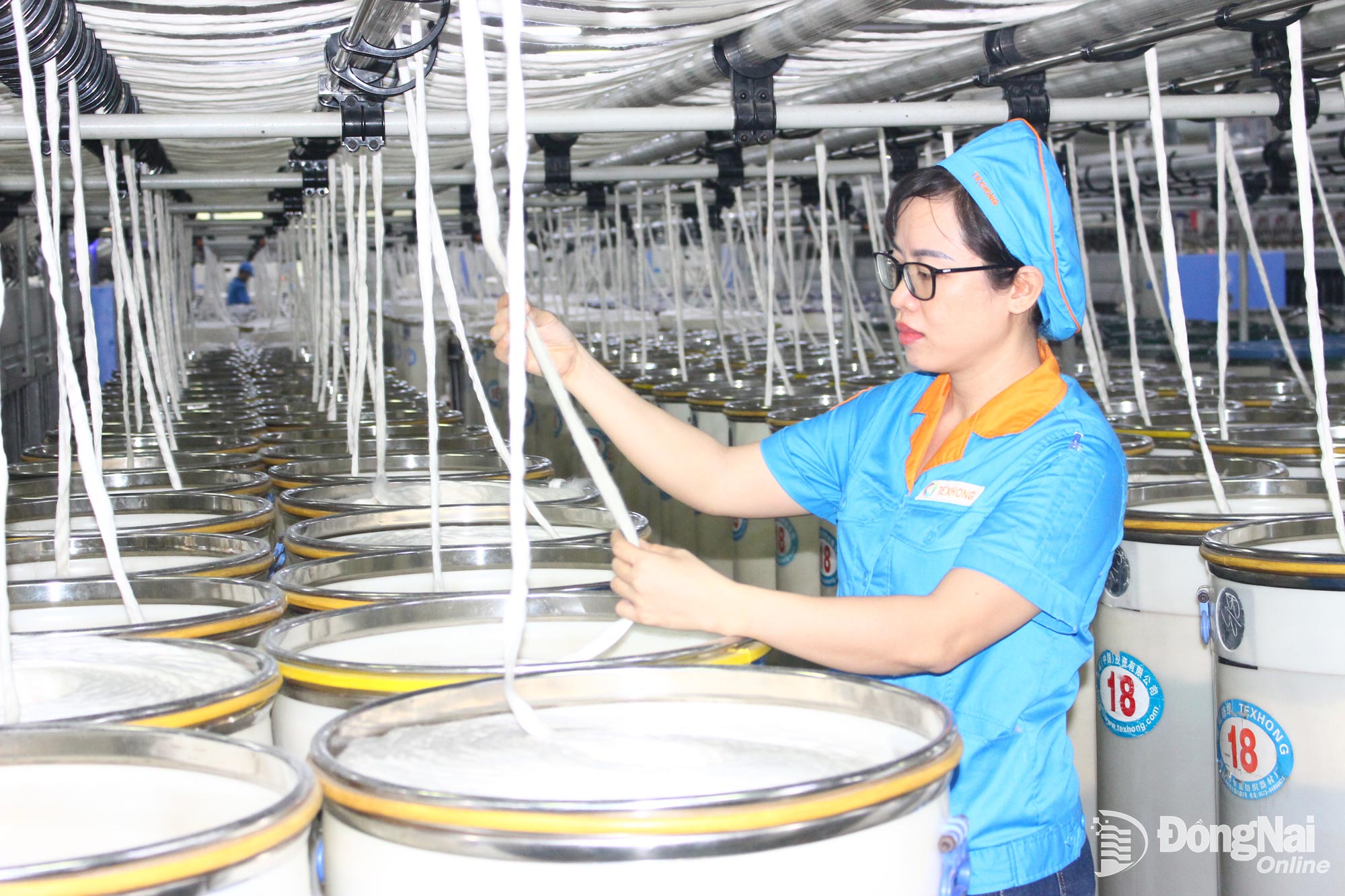 |
| Produced according to green standards at Texhong Textile Joint Stock Company, Nhon Trach Commune, Dong Nai Province. Illustrative photo |
In line with the province's policy, many industrial parks have been transforming towards green. Typical examples include: Amata Industrial Park building an ecological model according to global standards, Long Duc Industrial Park implementing a green industrial model. In the Provincial Planning, Dong Nai identified Hang Gon Industrial Park and 3 other industrial clusters as green industrial infrastructure model points.
From a business perspective, many large corporations have committed to accompanying the province.
Mr. Binu Jacob, General Director of Nestlé Vietnam Co., Ltd., said: Since 2020, Nestlé has announced a roadmap to reduce greenhouse gas emissions by 20% by 2025, 50% by 2030 and reach net zero by 2050. The company focuses on two main groups of actions: in the supply chain, it promotes regenerative agriculture and combines tree planting in sustainable coffee production; in production activities, it implements energy-saving solutions, uses renewable energy, promotes circular economy in waste management, and reduces virgin plastic in packaging.
Along with that, Mr. Pawalit Ua-Amornwanit, General Director of CP Vietnam Livestock Joint Stock Company shared: The enterprise has built a sustainable development ecosystem, harmonizing economic - social - environmental benefits. The enterprise invests in renewable energy, aiming to plant 1.5 million trees by 2025, and cooperates with the Vietnam Packaging Recycling Alliance to promote the circular economic model. These activities will continue to be maintained and expanded to reach the group's net zero target by 2050 and contribute to the province in developing a green, circular and sustainable economy.
In the development strategy to 2030, with a vision to 2050, Dong Nai aims to become a centrally-run city, a pioneer in developing high-tech industry, focusing on green and circular economy, and completing the net zero target. This is also the goal and task set for the 2025-2030 term. With available potentials and advantages, along with open and transparent investment policies and mechanisms to promote decentralization and delegation from the Central Government, Dong Nai currently has great potential and strong momentum to become a modern industrial, agricultural, logistics and tourism center of the Southern region and the whole country. These are important foundations for the entire Party Committee, government, army and people of Dong Nai province to firmly enter a new era of development with the country.
Green and circular economy is no longer a choice but an inevitable requirement. For Dong Nai, this is both a challenge and an opportunity for the province to affirm its position, attract new investment resources and improve the quality of life of the people. On this journey, the Party plays a leading role, the government plays a creative role, businesses are the pioneering force, and the people are the accompanying factors, creating a combined strength for development.
Hoang Loc
Source: https://baodongnai.com.vn/kinh-te/202509/kinh-te-xanh-tuan-hoan-huong-di-tat-yeu-5bc1099/



![[Photo] Binh Trieu 1 Bridge has been completed, raised by 1.1m, and will open to traffic at the end of November.](https://vphoto.vietnam.vn/thumb/1200x675/vietnam/resource/IMAGE/2025/10/2/a6549e2a3b5848a1ba76a1ded6141fae)




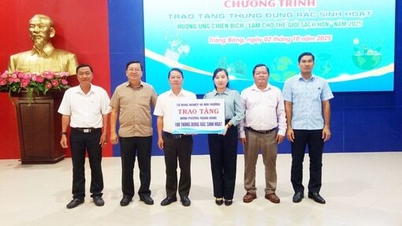

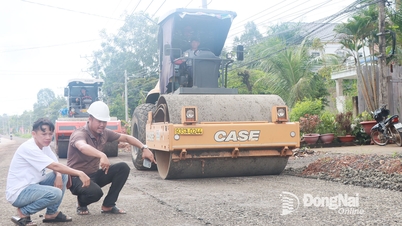
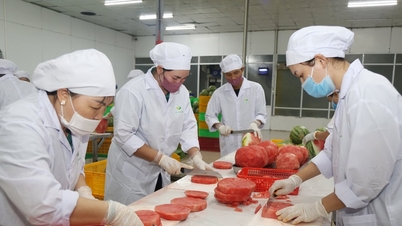

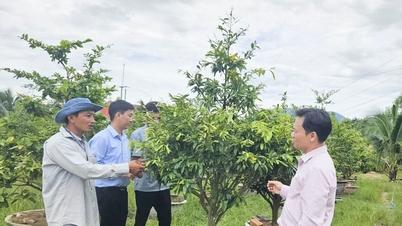







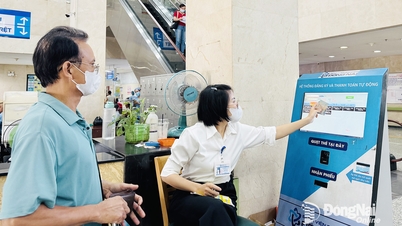
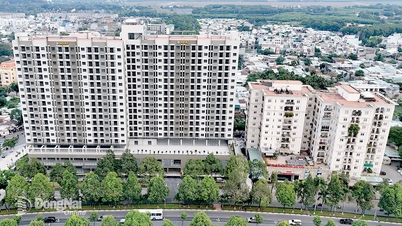


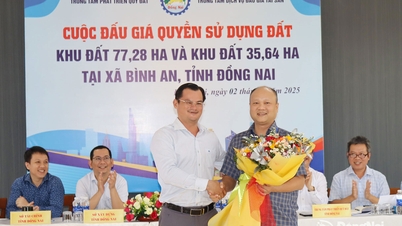
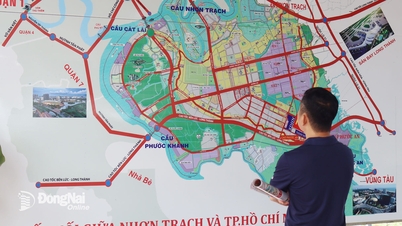





































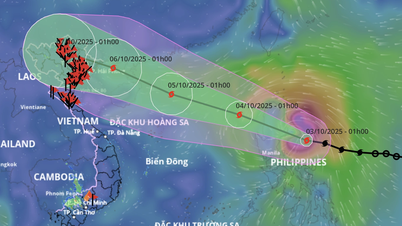

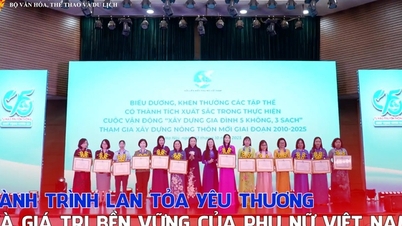






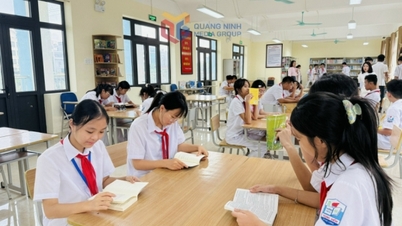

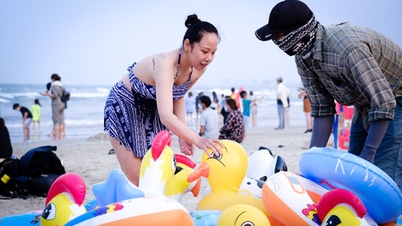

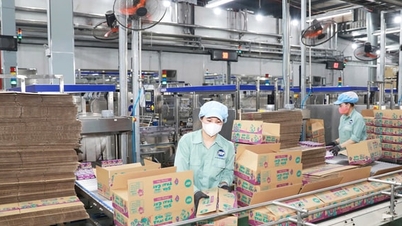

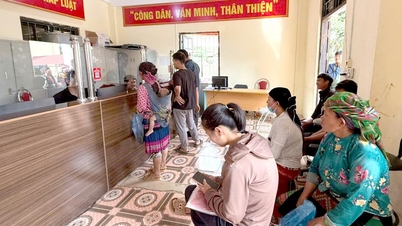
















Comment (0)